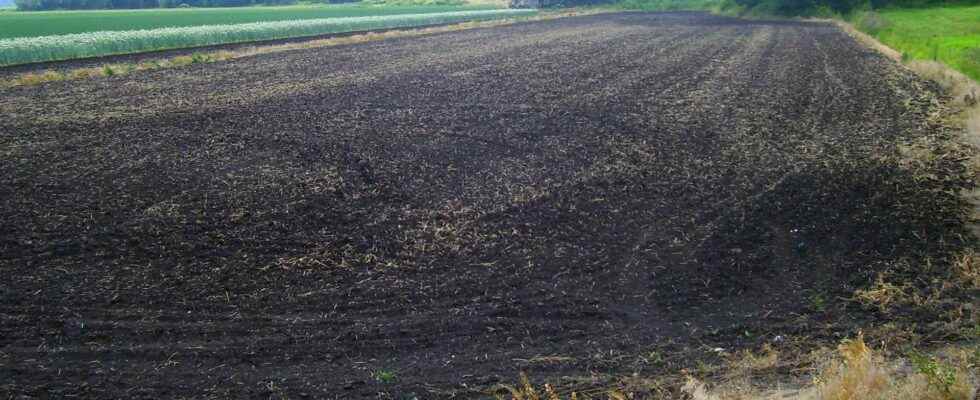You will also be interested
[EN VIDÉO] The dangers of soil pollution Philippe Hubert, specialist in soil pollution, discusses the origins but also the possible solutions to be put in place to deal with this scourge that concerns us all. © Futura-Sciences
As scientists increasingly warn about the degradation continues the quality of soils and their depletion in terms of matter organic, Ukraine is one of the last places to benefit from extremely rich and fertile soil. These are the famous chernozems, which literally means ” land black”. That color characteristic is related to the presence of a large amount ofhumus, from 3 to 15%. What make most farmers in the world jealous. Because, currently, the percentage of organic matter in French agricultural land is rather around 0.5 to 2%… Knowing that the quantity of humus in the soil is a guarantee of quality and fertility, we understand better d where does the qualifier “attic” come from? wheat from Ukraine.
The most fertile lands in Europe
The Ukrainian Chernozem is characterized by a high thickness of soil enriched with organic matter: 1 meter on average (but sometimes up to 6 m), whereas it is commonly only 20 centimeters on other types of agricultural land. Chernozem also presents a great natural richness in mineralssuch as potash and phosphorus. This unique quality allows farmers to limit nitrogen and chemical fertilizer inputs. Associated withclay, organic matter also acts as a sponge, allowing water to be retained in the soil and returned to the plants. Even in times of droughtthe humidity retained in these muck soils thus makes it possible to ensure significant harvests.
The Chernozem is typical soil of the zones under weather continental temperate. Originally, it was associated with an environment of grasslands, steppes, wooded or not. The source rock, which is located at depth, is composed of carbonates, generally loess. Herbaceous vegetation, characteristic of wild Chernozems, has a root system that spreads deep into the ground, allowing deep burial organic matter. This quantity of organic matter is constantly fed by the decomposition of the roots.
The humification of organic matter is favored by low bacteriological activity, in connection with the prevailing climate in these regions. The mineralization time for organic matter is also very long, which favors the establishment of a rich, stable soil that is not very subject to degradation. In addition, in these regions, precipitation annual are slightly less than evaporation and this point is particularly important since it avoids the phenomenon of ” leaching », synonymous with the loss of precious nutrients.
Land that is not immune to degradation
Chernozems have therefore long been recognized for their fertility. They were thus very early, from the Neolithic era, transformed into arable land. And it is clear that today there are very few chernozems still in their natural state, covered with wild meadows.
And this is problematic, because even though Chernozem is recognized as currently the “best agricultural land in the world”, it is also not immune to the damage caused by theAgriculture intensive. The fraction of organic matter in these black soils has indeed drastically decreased over the decades. The humus content of the Chernozems would thus have fallen from 12% at the end of the 19and century, to a maximum of 6% in the early 1990s.
Until now considered resistant to acidification in connection with the addition of mineral fertilizers, some studies also show the accelerated degradation that this type of soil undergoes. Naturally with a neutral pH (7), the acidification of muck soils in fact leads to decalcification of the soil and therefore a progressive impoverishment. Like the rest of the world’s agricultural land, the Chernozems of Ukraine are therefore also threatened by the current overexploitation.
Interested in what you just read?
